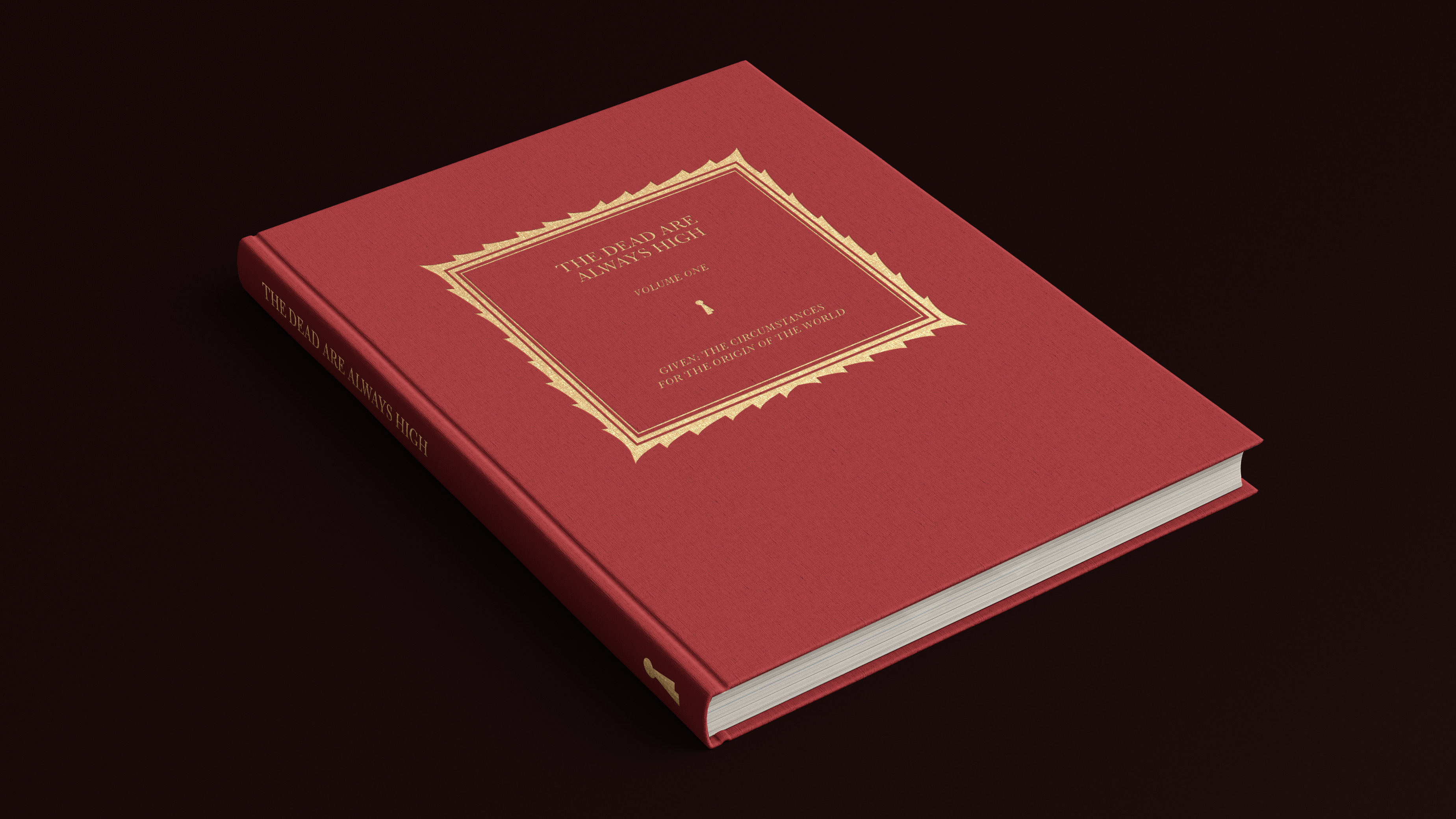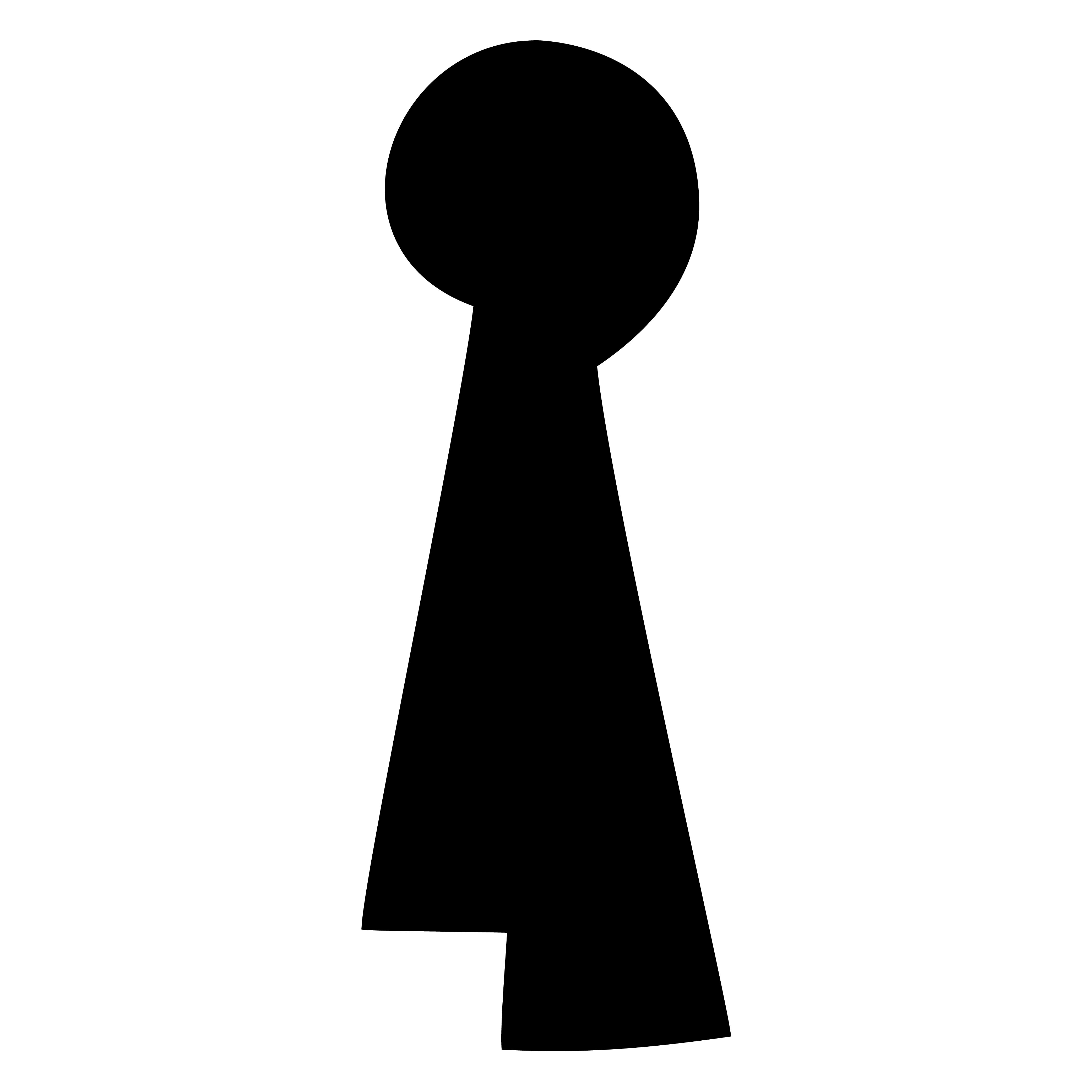The Dead are Always high
The investigative work centers around attempts at opening a portal of communication with influential artists and thinkers who are now deceased. The process proposes an active mode of dialogue with history. Beyond the dormant secondary sources of research that are conventionally used to gain knowledge from the past, the stage is set for an impossible interview series.
The interviews work through a psychic medium who possesses the uncanny natural ability to communicate with images, voices and speech from another reality, an exceptional gift that runs through the feminine line of her family. The consultations are conducted privately, and the results are revisited and documented through the act of the careful transcription of their sound recording. Significant guests hosted by the project include Marcel Duchamp as his feminine alter ego Rrose Sélavy, American curator George Heard Hamilton, Dadaist poet Elsa von Freytag-Loringhoven, Gustave Courbet, Vincent van Gogh, Bas Jan Ader, and psychoanalyst Jacques Lacan. The stories, apparitions and images of the work are given body as artworks, in the form of public exhibition and a developing book.

“Am I just looking for another master to tell me how to do my work?” (…)
“It says: Figures, interesting and important figures are for your eyes, like candles, giving light or guidance.
We see: the image of a great old painting, a man, but instead of pupils he has candles burning. His soul is always connected, like strings from a puppet to the sky, except its not seen like that, he also has control of these strings.
We see the image of a man who lets himself be guided.
“You walk in the traces. It helps you understand the land that you are on. A discovery. It really is like a costume, and you really know how to fold it up when you are back home, and when you go to bed you know who you are. But sometimes (...)”
“It’s weird but we feel that Duchamp left some clothing, or jackets and things on a chair, in the Europe area, there are not so many, I can see there is twenty, maybe twenty-five jackets. And in a way you took one and you don’t really know what to do with it. But what I mean is, it’s a legacy that you are a part of. In a way you found it by mistake, but it was not necessarily by chance, you weren’t looking for it, but it was here for you and you took it. In French you would say: par hasard celle-là.”
“We see you with that Duchamp costume, carefully combing your hair, as if when you wear that costume, that paradigm (the word I see is paradigm) you should do something really quiet and doable and not busy caught up in thinking about other things. You should just totally be picking flowers in the mountains.”
“Imagination is a form of hospitality”


“Let’s begin. Can you open the curtain?”
“The first image is dark. Dark in the sense as, I see some men, but they don’t look fine. They seem to have masks. Like latex masks, like fake heads. They are all disguised, as if they are waiting to take off this anonymous mask.”
“And they are going to go one by one during this night, because in a way, this is the atmosphere you are trying to get. We are going to go into an Irish salon to drink some whiskey. And now we are entering the space, the space of the conversation for tonight. So this space is a typical, hall or lobby of a hotel, the “salon” or the bar of the hotel. We can see chesterfields, a piano, a bar with lots of alcohol.”
“Let’s talk about the architecture of this space.”
“It says that last time we were talking about corridors, but here, now, at the end of the hallway is a neutral space where people can wait, like a lobby of a hotel. So, with this bar, we are talking about a kind of “non space” for you, and for the person who is going to come speak with you. It’s like the space for an interview, and it’s very different if you do the interview in the bedroom or in someone’s apartment or if you do it in the neutral space. So this is the second door. The hallway “neutral space” is peripheral, it runs around, and within that you have a larger space.”

“The hallways themselves are not closed. It’s like how you’d imagine seeing a Greek temple, with its arches and columns. And then beyond this temple-like structure there are doors. Then deeper, here is the beyond and through of these doors where we find the large spaces in the center of this hotel-like architecture. These are the real spaces, and are closed. So even though we remain in this “hotel,” this residency type space, these rooms are all different because everyone has a different type of hotel. Endless doors. When you open one there is always another that is closed.”
“All these guys are floating around. Around us here. I see that it’s like we are inside a maquette. Because of course the guy you are about to talk to can move all over the place, but you can’t. So it says the session is open aaand—Who do you want to have a glass of whiskey with?”
“Hmmm. Excellent. I was thinking of Rrose Sélavy, the pseudonym of Marcel Duchamp. The artist dressed and signing his works as a woman.”
Time passes. There is a nice pause as the figure of Duchamp (as Rrose Sélavy) enters the room.
“Of course. Ummm…and I think it’s really now Marcel Duchamp as Rrose who says:
Of course you say that. So now in her [Margaux’s] imagination, in her way of seeing me, I have to be disguised. I’m an old man so now I’m an old man with a weird outfit in this hotel. But I play the game. And I’ll play the game because I think that to begin it’s great to have my funny side. So you see me with my hat and my large scarf and as old as I am I almost look like a witch. So we’re even.”
“Is she calling us witches?”
“Yes. But it’s—he really has this man’s voice. With this weird almost like old woman’s outfit. So this is an old woman with a man’s voice, and now drinking whiskey so he has—or she has—a skirt but when he sits it’s really manly, legs open and hunched with his whiskey—"
“So, in a way, it is an honest way to begin with me, Brendan, because you are here and Margaux is there too so I can, like, combine you two 2. So we are in an interview now. What do you want to ask?”
“What I have in mind… Ummm. I guess we can share a drink, so please, let’s... I’m curious about what seems to me to be your fascination with women in your work and why also this character of the female pseudonym that you created.”
“Okay. Is that the question?”
“Yes.”
“So, we are talking about Rrose Sélavy then.”
“Yes”
“He speaks in French. He says. At that time: “Parce que on n’est tout ou rien. Parce que on n’est tout et rien. Parce que on n’est rien et tout.”And he says for the handsome guy to understand and to follow us, the idea was: I always want to and always wanted to hide. And this was kind of my first hiding memory, or hiding theory in real. And acting like that was always—"
“The image I have now while he’s speaking about that is really white—People want to take my shadow. And it’s really something that slips from their hands. It’s really the image of a ghost with the white sheet but always slipping through the hands of people. And this was kind of the beginning of the slipping, the beginning of the slipping. The beginning of the moment where I didn’t want people to touch my hips.”
“Mmmhmmmm.”
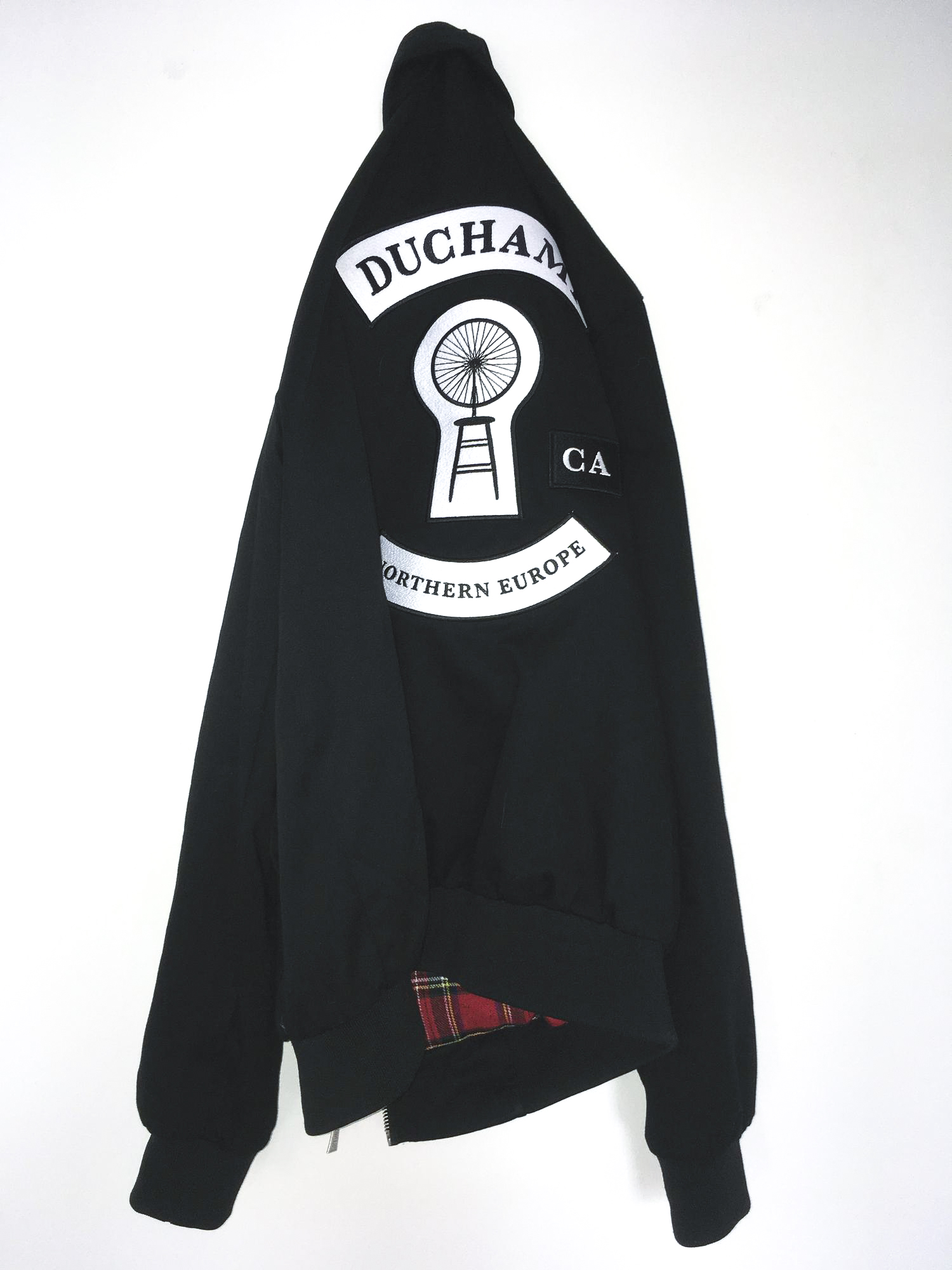
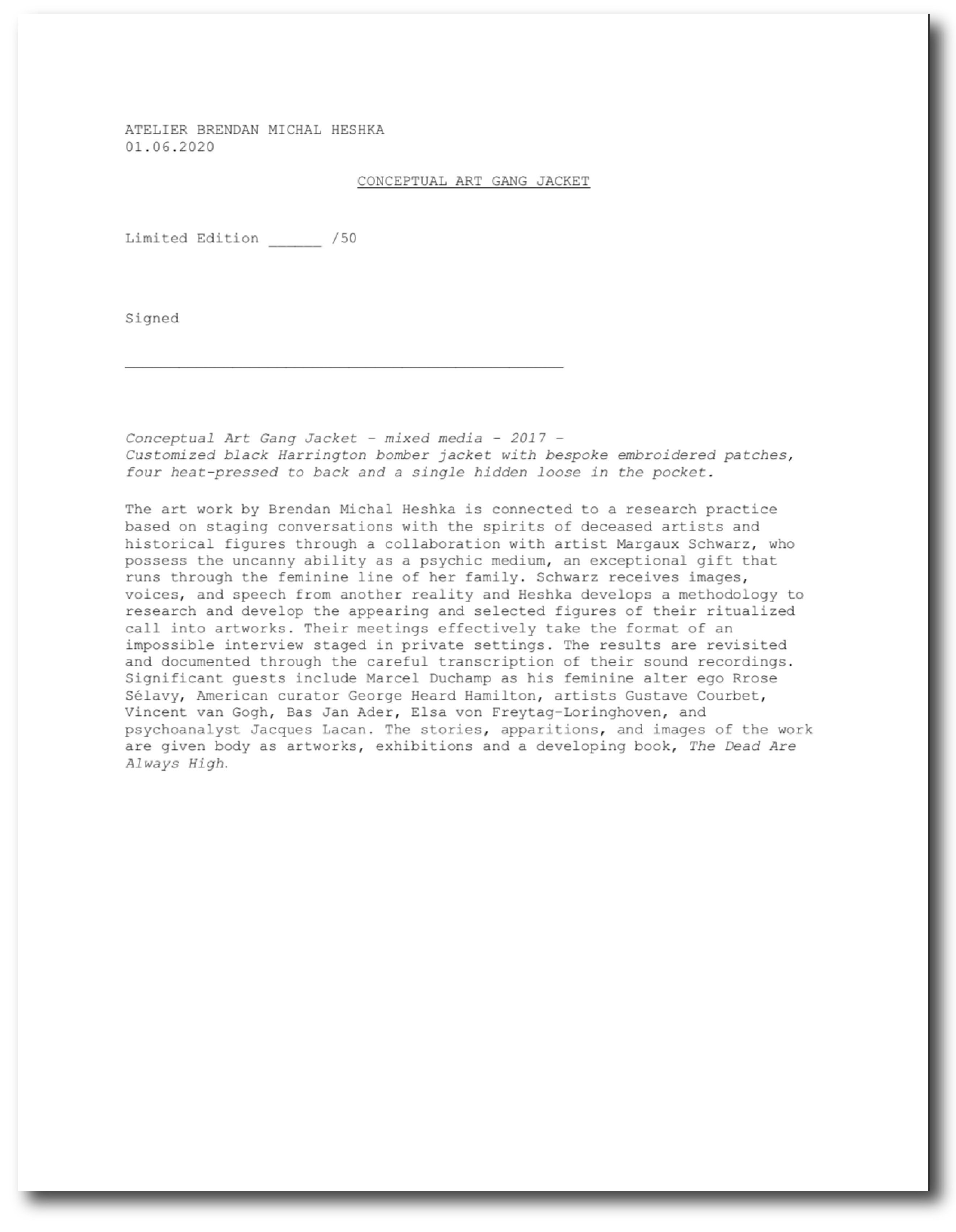

“Meaning I could be that or that or that. Meaning that—meaning that my incarnation could be incarnated by an object or by an image. And this woman was already an image.”
“Well isn’t—”
“And it says: Please don’t interrupt me, Big Guy.”
“The image, the object as my personality…”
“Okay. The—he’s telling me about [the painting] Nu descendant un escalier. But the image we have is a nude climbing the stairs as if he was that image of that woman that is always climbing those stairs. Endlessly. As if, in a way, he just—he says: Let me talk myself.”
“So in a way I just left the image of, what you call now a hologram, of something that is still here and that is still ongoing. Ongoing. Like I never went down. It’s a tricky thing that I did. I did that and something got opened—and nobody got this image switched off. It’s still, and I’m still, climbing the stairs. My energy is still here climbing the stairs. I also wanted to interrupt something. The meaning of the hole, “le serrure.”
“The movement that we see or what he describes is really like a key that goes into a lock. It’s really close and far, close and far. We get closer and we think we are going to arrive to somewhere, that it’s going to open but then as we get closer, we see it’s closed. And from far away it looks open. And back and forth. When you’re close you see nothing. It’s closed.”
“You see, that’s another trick. The last trick I’m going to speak about tonight—"
“He speaks really in terms of work.”
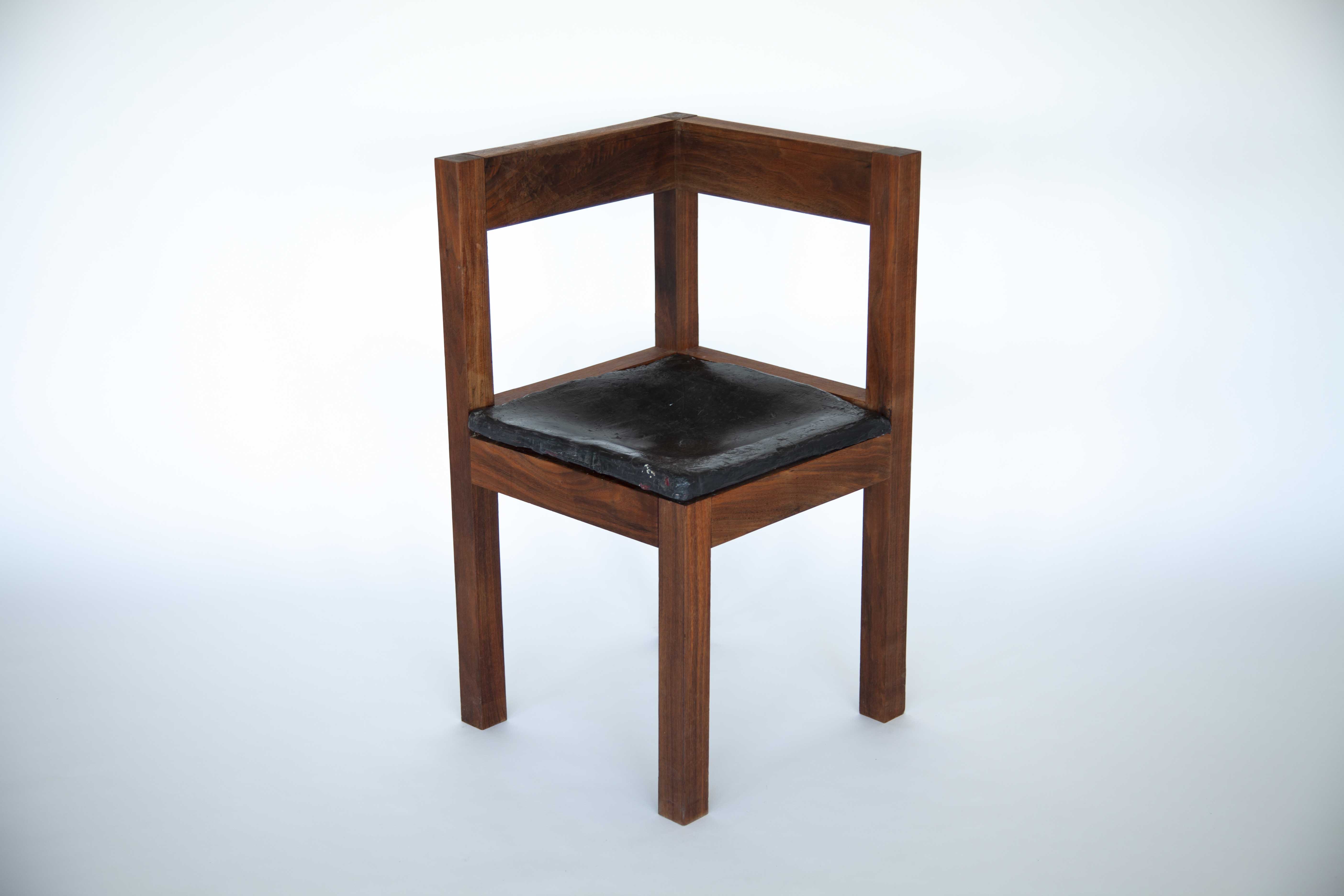

“Nobody really loves you.”
“But he doesn’t speak of you or me. In work, nobody really loves you, but people need you and you need people.”
“Never got your can scratched.”
“Like the can is your body and you never got your can scratched for someone…in work.”
“Never fold yourself. Never fooold yourself. Always have another deeeep interest. You can’t be an artist if you don’t have another deep interest that keeps your mind almost as attracted as your work.”
“It says this other interest doesn’t need to appear in your work as a subject. It needs to appear in your work as a strategy. Not as, like, a body of interest.”
“So if this other interest is as deeeep as your artwork, it can be useful as a strategy. But it has to be as deeeep as the work, the interest.”
“And it means, as deep in terms of time and space. That in your life… What does it mean, P-E-E-L ?
“Like removing the skin from an apple or an orange. To peel away the outside layer.”
“I forgot the stream—I lost the stream of the word...”
“So in terms of time and space the image now is as if you have two lovers or two mistresses that you really love with the same love at the same time. And as that is not really possible for relationships. You can do that with what I call practice and interest in work. And now I see that the structure would more be like— Imagine a drawing of a human body. Practice and interest is like your arms and your head. And all the bottom is linked to relationships. This means—It says for relationships you always have to follow desire, like your dick or your pussy is always like your second nose. And you need to follow it. Like your mind is useless for that. And your bottom nose is linked to your heart. Anyways, we don’t need to talk about that.”
“This character helped me a lot. Wondering why we should get along with so many people if they’re not interested in what you are but in what you could bring them. It was what we called “le pied de nez,” to snub. The fuck off, to all these guys, and woman, who tried to “embrigade,” dragoon you into something. Those who tried to take my arm and make their fellow of me. I did that at a period that, in a way, made my name disappear, in a way for me to be with myself. As if I did and didn’t want to be with that shadow, or fallow of a person.”



“What is fallow?”
“Uncultivated land. Like ploughed but left empty.”
“It’s really like he could have the time to be with himself as Marcel. He orders another whiskey.”
“Let’s go deeper. I’ve been sitting here for three years; I didn’t move so much. Lots of people came by. So you’re not the only ones that are visiting me. I took time for that, and it’s not necessarily for answers. "Response". And it’s like the song by Die Antwoord, you know that group?”
“Mmmhmmm.”
“I think you’re freaky and I like you a lot.”
“He’s smoking a pipe now.”
“I often wanted to make a book. I did books but not, like, a real one.”
“It says like a real consultation with the divine.”
“Like the divine of myself. That’s why I did art so well. Because it was my alternative question. It wasn’t my first question. That alternative question is more linked to observing, linking, and making fun of things. The serious part of my being was devoted to a much more noble cause. And I think I managed to communicate that search just into my thoughts and by the fact that my mind was always vivid and alive. At the end of my life, I managed to be in such a state of meditation.”
“It says that through chess…”
“That I—that I almost did geopolitical changes through my moves. You know that you can do that, right? That if you go highly into concentration on a specific point you can move whatever you want. So for me it was kind of easy—the art part of things. Like, if you have a table it is very important to have models. Like, schematic things that are linked to either people, either institutions, either spaces, either concepts that are like squares or cubes in your hands. You just have to give a shape. You have to be concentrated, but you have to use incantation onto forms to give the energy and then—"
“Like a series of words said as a magic spell.”
“Then it’s just a game. And you have to be faithful to that game, of course—it’s neither good intentions or bad intentions, it just needs to be the essence of a real intention. Whether it’s good or bad it just needs to be real. And then it happens. And you learn to understand that the intention—intention linked to action—"
“Do you want to talk about a specific work? He says: I’ll be back in a minute.”
“I think he’s going to take a piss. We pause?”
“It’s been forty-six minutes.”
“Perfect.”
...
